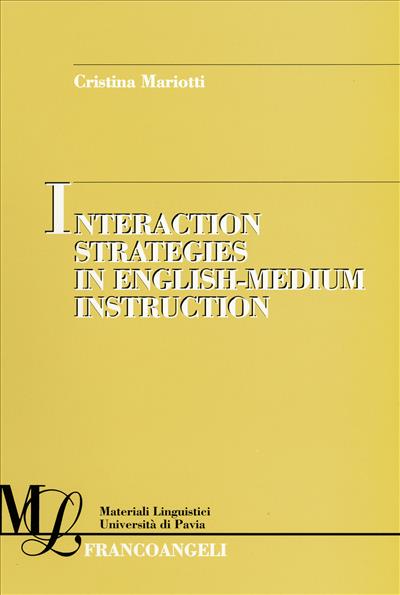
Interaction strategies in english-medium instruction
Pagine: 192
ISBN: 9788846484079
Edizione: 1a edizione 2007
Codice editore: 1095.58
Disponibilità: Discreta
Le nostre spedizioni verranno sospese per la pausa natalizia dal 17 dicembre al 6 gennaio (inclusi).
Gli ordini ricevuti dopo il 18 verranno evasi a partire dal 7 gennaio 2026.

Pagine: 192
ISBN: 9788846484079
Edizione: 1a edizione 2007
Codice editore: 1095.58
Disponibilità: Discreta